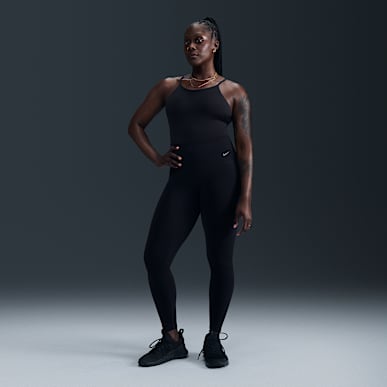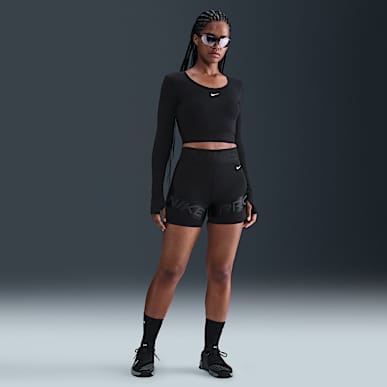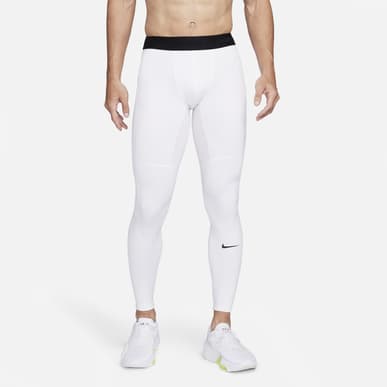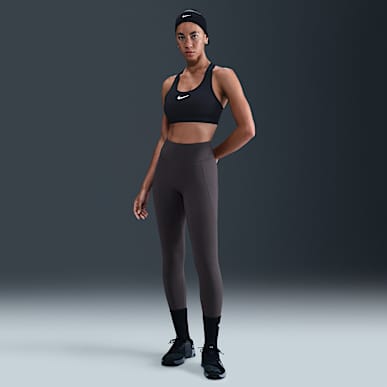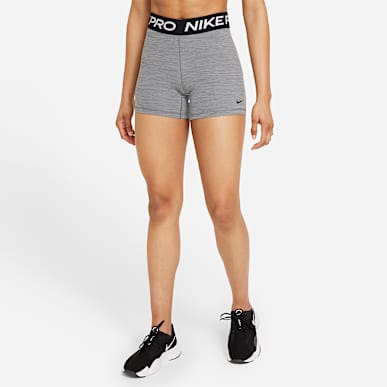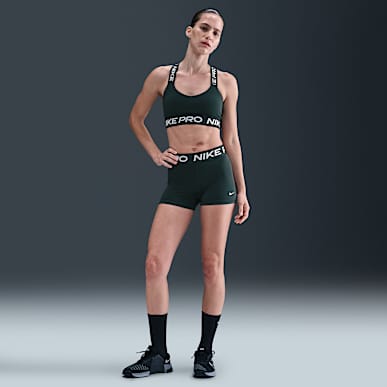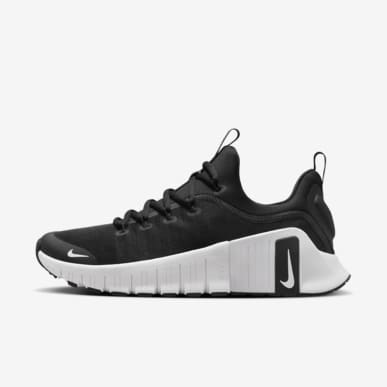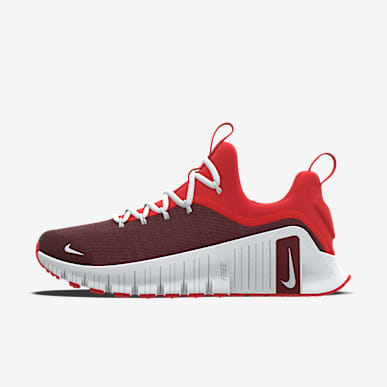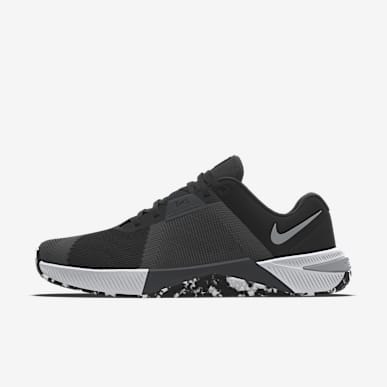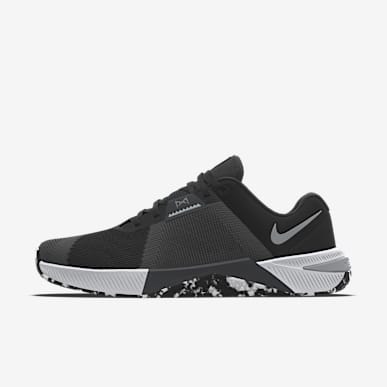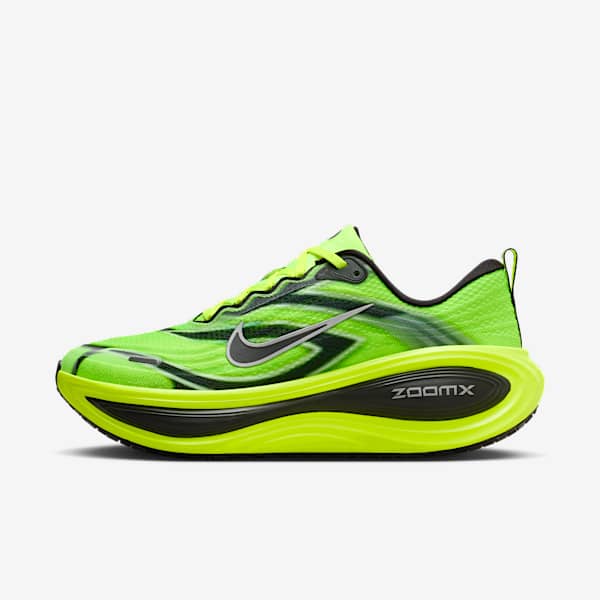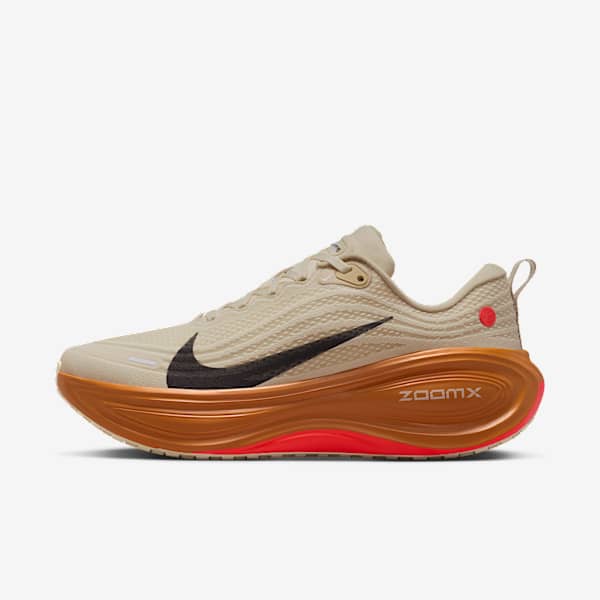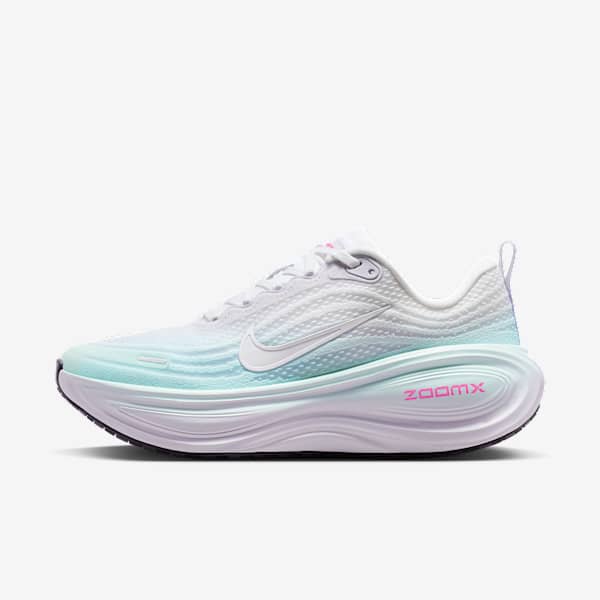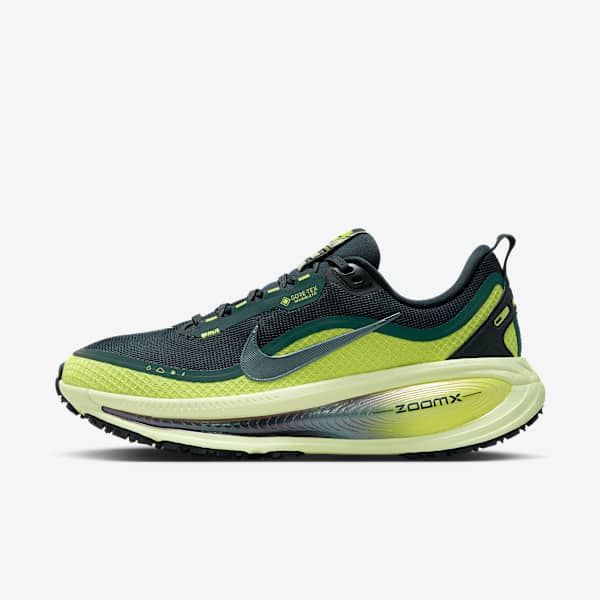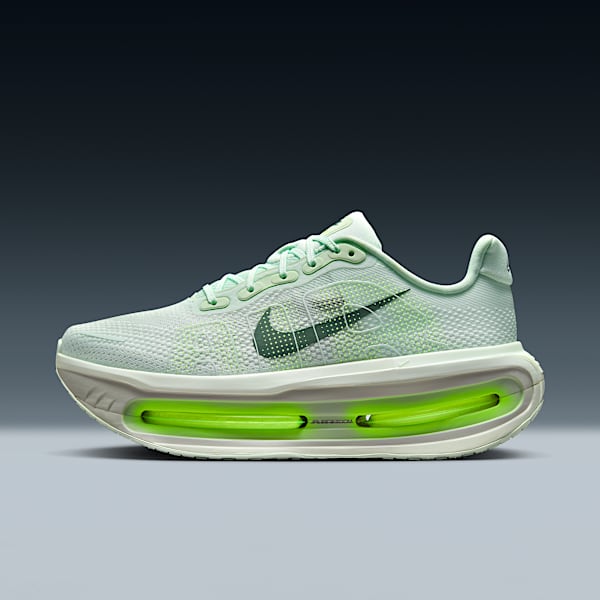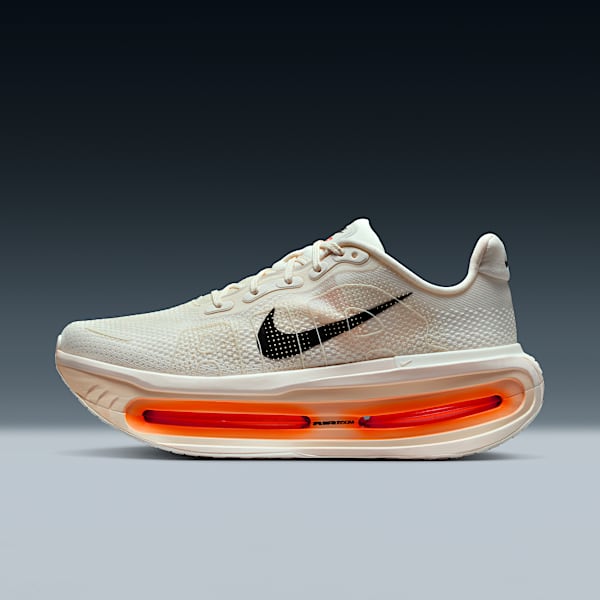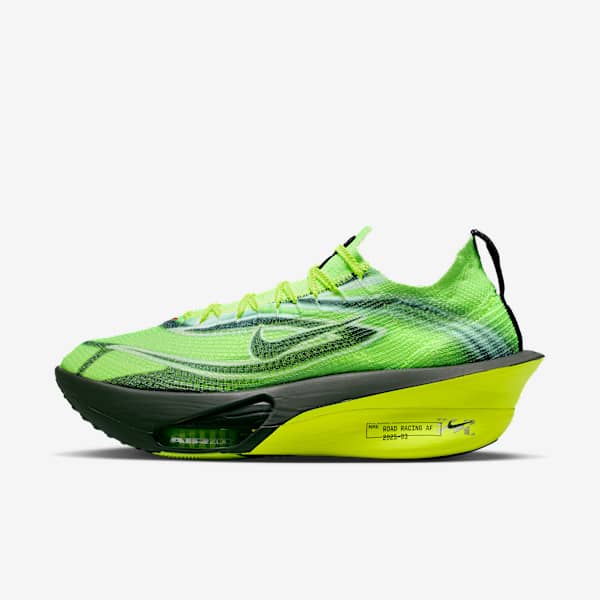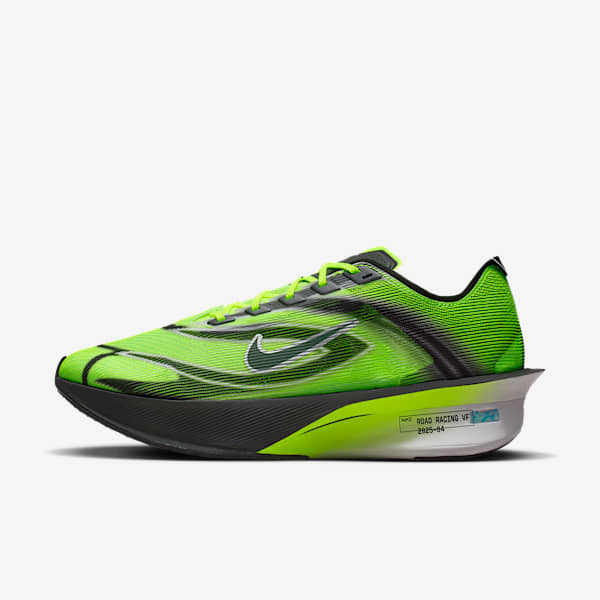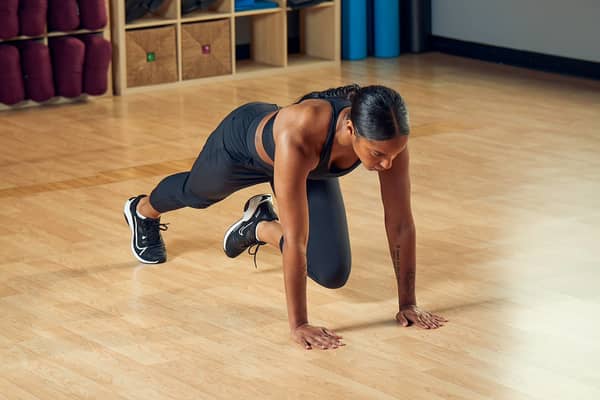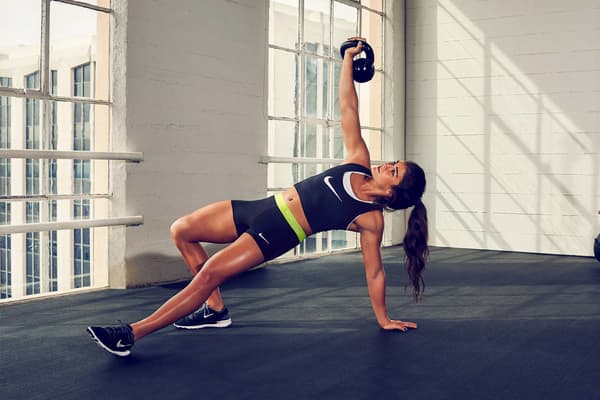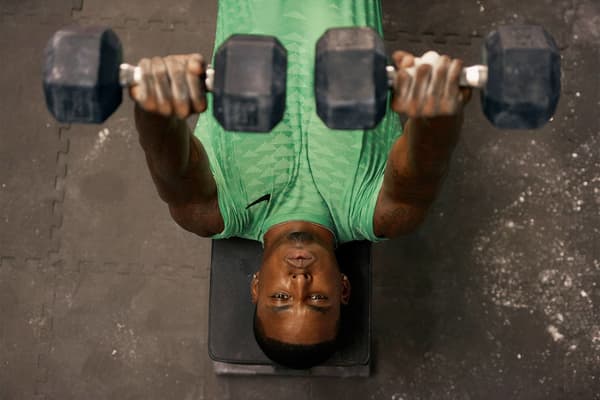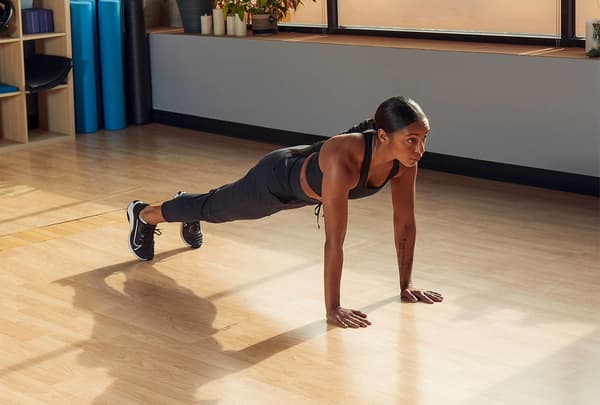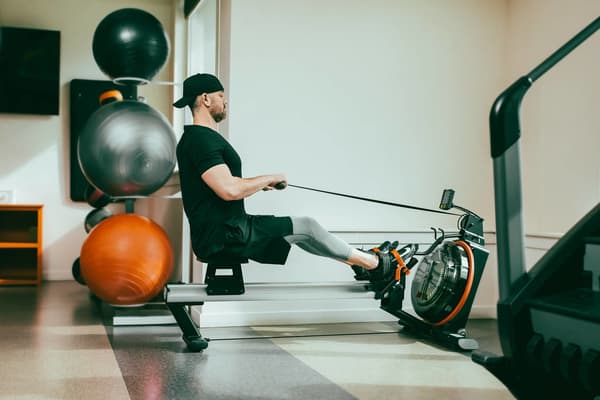Can Running Give You Abs? Experts Explain
Sport & Activity
Diet, core exercises and genetics all play a role in muscular definition.
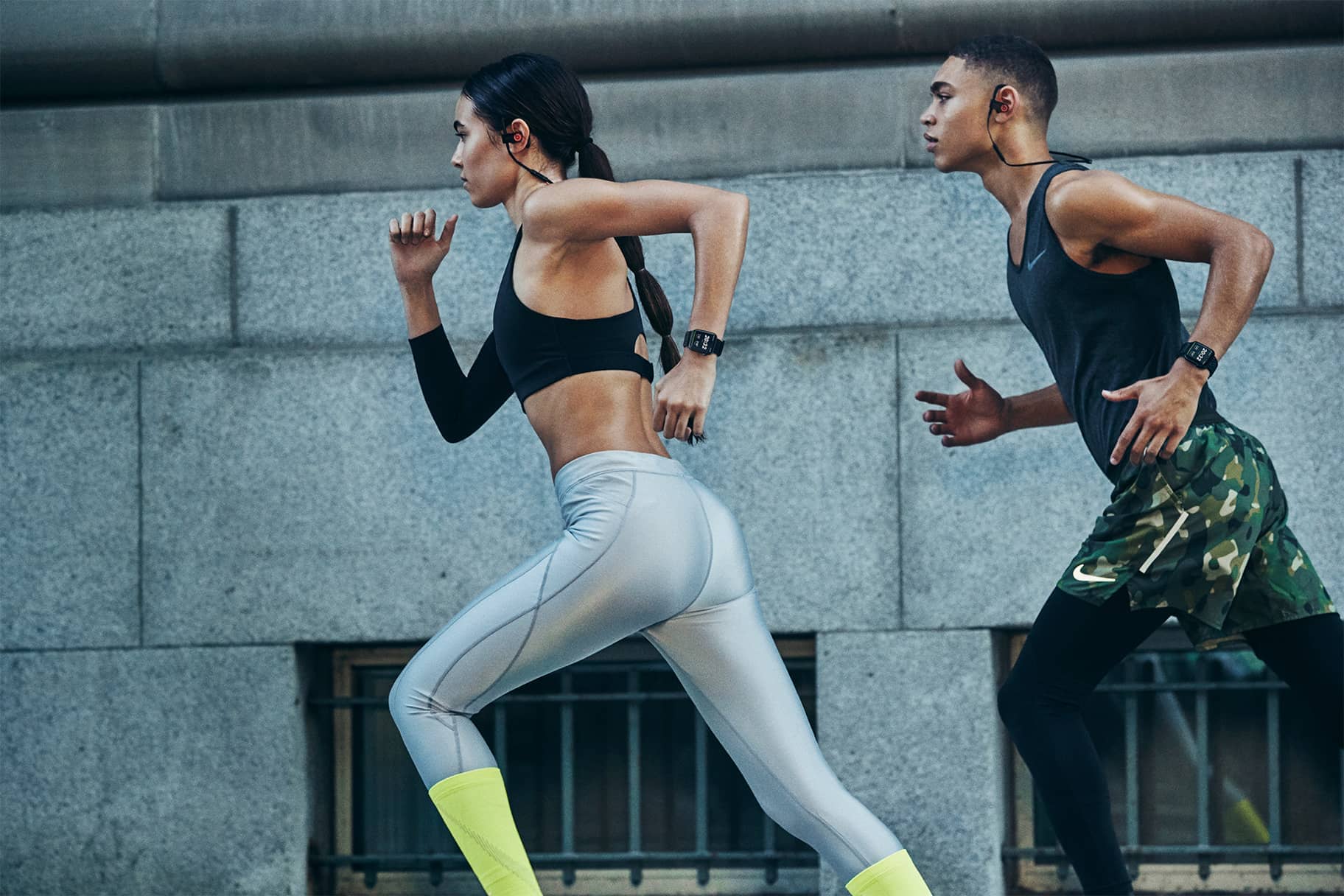
Defined abs are often thought of as a trademark for fitness. But what does it mean to have abs? And, will running give you abs?
"Yes, running can help give you defined abs", said Todd Buckingham, PhD, exercise physiologist. But before you get too excited, it's important to note that running alone isn't enough to improve muscular definition in your midsection.
Whether you've entered your first race or you just want to strengthen your core, it's helpful to understand what it actually takes to achieve defined abs.
What are the muscles in the core?
First, it's important to clarify one point: everyone has abs. When people talk about "having abs", they're usually referring to definition in the rectus abdominis—one of the most superficial muscles in your core. The rectus abdominis begins at the pubic bone, ends at the sternum (breastbone), and is responsible for flexing (bending) the spine, said Nicole Thompson, an ACE-certified personal trainer who works with runners.
The oblique muscles, considered the "side abs", sit on either side of the rectus abdominis and complete the "six-pack" when visible. They also serve an important function: to flex and rotate the trunk.
There are numerous other muscles in your core that can't be seen, yet they play key roles in exercise and daily life. These include the erector spinae, transverse abdominis and multifidus in the trunk, per the American Council on Exercise, or ACE. The muscles in the hips and lower back are also technically part of the "core", Buckingham said.
Visible abs—explained.
"One of the biggest factors contributing to a visible six-pack is the amount of body fat stored around the stomach", Thompson said.
Running can help to create a caloric deficit, which may reduce the padding around your abdomen (but remember, some fat is necessary to cushion vital organs). Sprinting in particular requires your abdominals to contract more forcefully, which may increase muscle size, Buckingham said.
(Related: How To Get Faster at Sprinting, According to Experts)
But there are bigger dial-movers than running that come into play for carving abs: mainly, diet and genetics.
Genetics play a big role in determining where you tend to store body fat.
"If you're predisposed to store fat around the abdomen, it might be more difficult for you to have well-defined abdominal muscles, even if you have a low body fat percentage", Buckingham said. However, if you tend to store more fat around the waist and hips, you could have defined abs with a higher body fat percentage, he added.
Admittedly, there's not much you can do about your genetics. However, if you're hoping to achieve more muscular definition in your abdomen (or anywhere else), consider working with a doctor, registered dietitian and personal trainer to come up with a holistic game plan that works for you.
In general, following a healthy diet and doing strength exercises that target the rectus abdominis, obliques and transverse abdominis can help make them more defined, Thompson said. Exercises like sit-ups, crunches, reverse crunches, hollow body holds and planks all qualify.
Does a visible six-pack mean your core is strong?
Just because your abs pop through your T-shirt doesn't mean your core is strong.
"If you only focus on strengthening the rectus abdominis and don't implement a balanced workout routine, your core could be weak despite showing defined abs", Thompson said.
Your core is made up of many muscles beyond those that are visible. "There are other muscles beneath the abdominals that also play a role in the strength and stability of the core", Buckingham said.
The erector spinae, for example, are endurance-focused muscles next to your spine that hold your torso upright. Neglecting these and other deep core muscles could mean less support for your spine and hips in everyday activities and exercise.
Why does that matter? Because a strong core means enhanced performance in any workout you choose. Take running, for example.
"The core is the 'highway' of speed because it allows the stability needed to run well", said Mat Kite, CSCS. The core muscles hold your torso upright, preventing that rounded, hunched-back position that can happen when you get fatigued during a run.
The result? Faster, more effortless running performance.
For example, a 2019 study in PLOS One found that eight weeks of core training improved running economy in college athletes compared to athletes who didn't participate in the core training programme. To gauge improvements in running economy, or the energy required to maintain a constant speed, researchers measured how much oxygen each runner had available during exercise (VO2 max). They did this with a treadmill test before and after the eight-week core training period. Runners who took part in core training showed significant improvements in VO2 max compared to those who did not, suggesting boosts in running economy.
Exercises for a strong core.
There are many stellar core exercises you can choose from—these are two of Kite's favourites.
1.Forearm Plank
- Assume a push-up position on the floor with shoulders aligned over your wrists.
- Drop down to your elbows and rest on your forearms, palms down.
- Keep your glutes engaged, hips in line with your shoulders and belly button pulled up towards your spine.
- Hold this position as long as possible without compromising proper form.
2.Dead Bug
- Lie on your back with your arms extended above your chest, knees bent and feet flat on the floor.
- Press your lower back into the floor and lift both knees until your shins are parallel to the floor.
- Tighten your abdominals and slowly lower one arm towards the floor alongside your ear while you straighten the opposite leg.
- Keep your core muscles engaged without allowing your lower back to peel off the floor.
- Return your limbs to the starting position and repeat with the opposite arm and leg.
And remember, having visible abs doesn't mean you have a strong core. By the same token, "not having a visible six-pack doesn't mean your core is weak or that your body fat percentage is too high", Thompson said.
Words by Lauren Bedosky
